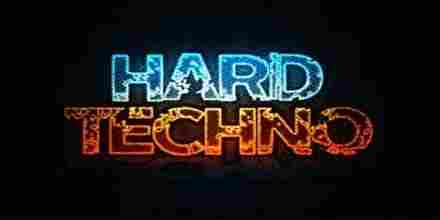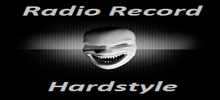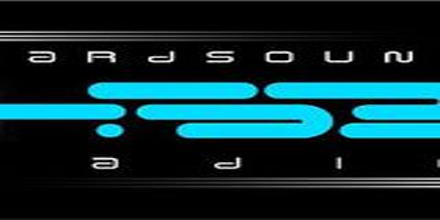Hardcore is an aggressive and fast-paced subgenre of punk rock that emerged in the late 1970s and early 1980s, primarily in the United States and the United Kingdom. It is characterized by its raw, energetic sound, often featuring distorted guitars, heavy drums, and shouted or screamed vocals. The genre's lyrics typically address social and political issues, personal struggles, and the frustrations of youth culture.
The roots of hardcore can be traced back to the early punk rock movements of the 1970s, particularly bands like the Ramones, Sex Pistols, and Black Flag. As punk rock evolved, some musicians sought to push the boundaries of speed, intensity, and aggression, leading to the development of hardcore. Early hardcore bands such as Minor Threat, Bad Brains, and Black Flag are often credited with defining the genre's sound and ethos.
Minor Threat, formed in Washington, D.C., is known for their influential album "Out of Step," which features fast-paced songs like "Straight Edge" and "Guilty of Being White." The band's straight edge lifestyle, which advocates abstinence from drugs and alcohol, became a significant influence within the hardcore scene. Bad Brains, hailing from Washington, D.C., as well, incorporated reggae influences into their hardcore sound, creating a unique fusion that set them apart from other bands in the genre.
Black Flag, originally from Hermosa Beach, California, is renowned for their intense live performances and the relentless energy of their music. Their album "Damaged" is considered a classic of the genre, featuring songs like "Rise Above" and "Six Pack." Black Flag's guitarist Greg Ginn and vocalist Henry Rollins became iconic figures in hardcore, known for their aggressive stage presence and outspoken views.
The 1980s saw the proliferation of hardcore scenes across the United States and internationally. In New York City, bands like Agnostic Front and Youth of Today emerged, contributing to the development of the New York hardcore sound. Agnostic Front's album "Victim in Pain" is a seminal work in the genre, featuring raw, aggressive songs that capture the intensity of the New York scene.
In Los Angeles, the hardcore scene was characterized by its diversity and innovation. Bands like Suicidal Tendencies and Circle Jerks blended hardcore with other musical styles, creating new subgenres within hardcore. Suicidal Tendencies' debut album "Suicidal Tendencies" features a mix of hardcore and thrash metal, while Circle Jerks' "Group Sex" is known for its fast-paced, energetic sound.
The United Kingdom also had a vibrant hardcore scene, with bands like Discharge and The Exploited gaining international recognition. Discharge's album "Hear Nothing See Nothing Say Nothing" is a seminal work in the genre, featuring raw, aggressive songs that address social and political issues. The Exploited's "Troops of Doom" is another classic, known for its intense energy and provocative lyrics.
Throughout the 1990s and 2000s, hardcore continued to evolve and diversify, with new subgenres emerging such as metalcore, which blends hardcore with heavy metal. Bands like Hatebreed, Earth Crisis, and Strife emerged during this period, each contributing unique elements to the genre.
Hatebreed's album "Satisfaction Is the Death of Desire" features a mix of hardcore and thrash metal, while Earth Crisis' "The Siege" is known for its vegan straight edge ethos. Strife's "In This Defiance" is another influential work, featuring raw, aggressive songs that address social and political issues.
Today, hardcore remains a vibrant and diverse genre, with new bands emerging constantly and pushing the boundaries of what hardcore can be. The genre's raw energy, intense live performances, and commitment to addressing social and political issues continue to inspire musicians and fans alike. Whether it's the fast-paced aggression of early bands like Minor Threat and Black Flag or the innovative sounds of modern metalcore bands, hardcore continues to evolve and captivate audiences around the world.
 SchranzSchranz
SchranzSchranz 428
Croatia Hardcore
428
Croatia Hardcore 417
417
 1
Russia, Saint-Petersburg Hardcore 208 kbps AAC (LC)
1
Russia, Saint-Petersburg Hardcore 208 kbps AAC (LC)

















